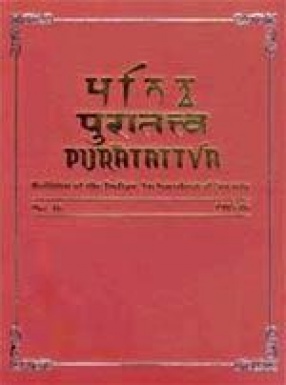Indian folk and tribal painting reflect a market distinction from the miniature art of our classical tradition. In its vitality, harmony and purity of form, folk and tribal art express a view of life that is profoundly close to nature. Tribal artists’ innate comprehension and deep admiration for the natural world forms the basis of their art. Artists become the vehicles for expressing a force that is spontaneous and universal. Their love for nature embodied in its multiplicity of forms is executed in murals or ‘Bhiti Chitra’, on cloth or paper which are known as’ Pata Chitra and also for floor decoration which is called ‘Dhuli Chitra’. These folk and tribal paintings is a product of rural India and do not have the patronage of the feudal aristocracy. Therefore, most of the folk and tribal artists work in poverty. They had an itinerant life, wandering from village to village for markets and Sunday fairs for their audiences, singing the song of the subject depicted on the scroll. The audience in return donated money, vegetables or rice to compensate for their means. Thus it becomes the oldest form of audio-visual performance. The paintings are created for utilitarian and religious purposes maintaining a millennium old tradition. These paintings depict religious themes based on the Indian epics – Mahabharata and Ramayana and subjects related to Indian Mythology. These are executed with vibrant colours and possess cogent oceanographic quality. The distinction between folk and tribal art is limited and at times overlap. However, the usage of colours and lines are general indication of their differences.
Simply Beautiful Home
$21.60
$24.00





There are no reviews yet.